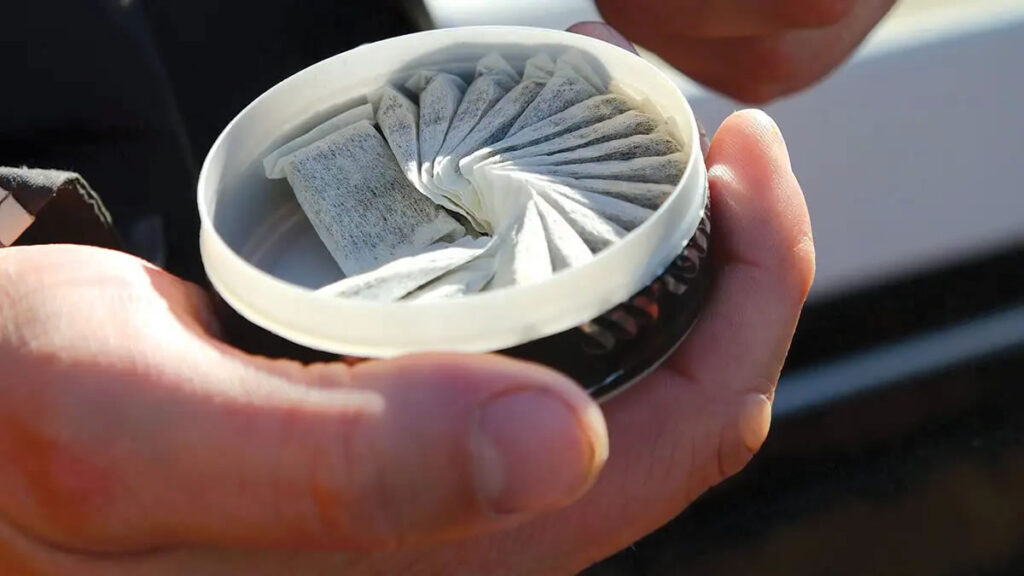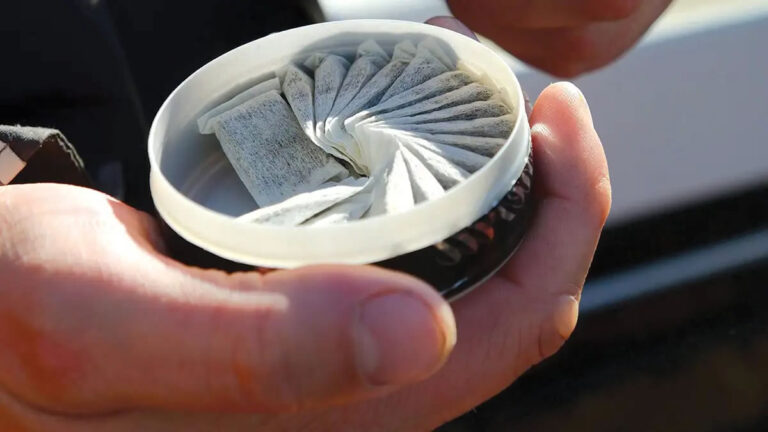Recent news reports have highlighted the potential dangers of snus and nicotine pouches, particularly for young people. Two 13-year-old girls in Ferrara, Italy were hospitalized after reportedly consuming snus in class, experiencing symptoms like headaches, palpitations, nausea, and dizziness. But what exactly are snus and nicotine pouches, and why are they harmful? Let's break it down.
Snus: A Closer Look
Snus is a type of moist powdered tobacco that originated in Sweden. It's produced by mixing raw tobacco with water, sodium carbonate, and flavorings, then using steam to moisten the mixture. Users typically place a small pouch or "pinch" of snus between their upper lip and gum, leaving it there for 30-60 minutes before spitting it out.

There are two main types of snus:
- Loose snus (lössnus): A moist powder sold in tins, which users roll into small portions.
- Portion snus: Pre-packaged in small, teabag-like sachets for easier use.
It's important to note that while snus contains tobacco, nicotine pouches do not. Nicotine pouches, which are legally sold to adults in Italy and some other countries, contain nicotine salts, fillers, and flavorings in a small pouch that's used similarly to snus.
The Risks of Snus and Nicotine Pouches
Both snus and nicotine pouches pose significant health risks, largely due to their high nicotine content. Nicotine is a highly addictive substance that affects the central nervous system. When consumed, it initially produces feelings of relaxation and pleasure, but then stimulates the secretion of adrenaline, increasing heart rate, blood pressure, and breathing.
As pneumologist Roberto Boffi explains, "Nicotine is a vasoconstrictor that can cause erectile dysfunction, impotence, increased blood pressure, nausea, and even fainting at high doses. It's a drug, and not a harmless one, especially for young people and women, who are more susceptible to its effects."
The ease of use and high nicotine concentration in snus and nicotine pouches make them particularly dangerous. Users can consume them almost constantly, leading to a strong nicotine addiction that's difficult to break. Adolescents are especially vulnerable, as their bodies are still developing and can't handle the same nicotine levels as adults.
Prevalence Among Italian Youth
According to the ESPAD®italia study, which analyzes substance use among Italian students aged 15-19, nearly 170,000 students (6.8%) have tried nicotine pouches at least once. The study also found that nicotine pouch users are more likely to consume other nicotine products, with 88-89% having smoked traditional cigarettes and over half being daily smokers.
As study head Sabrina Molinaro notes, "What is most striking is not only the high number of young people who have tried nicotine pouches, but the fact that their use often takes place in conjunction with other methods of nicotine consumption, such as traditional smoking and vaping. This data suggests a pattern of polysubstance use among youth, which could amplify the risks related to dependence and nicotine exposure."
The Bottom Line
While snus is illegal in most of Europe due to its cancer-causing potential, nicotine pouches are legally sold to adults in some countries. However, both products carry serious health risks, especially for young people. The high nicotine content and ease of near-constant use make snus and nicotine pouches highly addictive, and their use often goes hand-in-hand with other harmful nicotine products.
As Boffi emphasizes, "There is no reduction in harm. Since we're talking about nicotine, using snus or nicotine pouches along with smoking is worse than just smoking alone. This is only a way to take nicotine in two different ways."
The key takeaway is clear: snus and nicotine pouches are not safe alternatives to smoking, and their use should be avoided, particularly by adolescents and young adults whose bodies and brains are still developing. If you or someone you know is struggling with nicotine addiction, speak to a healthcare professional about proven cessation methods and support.


